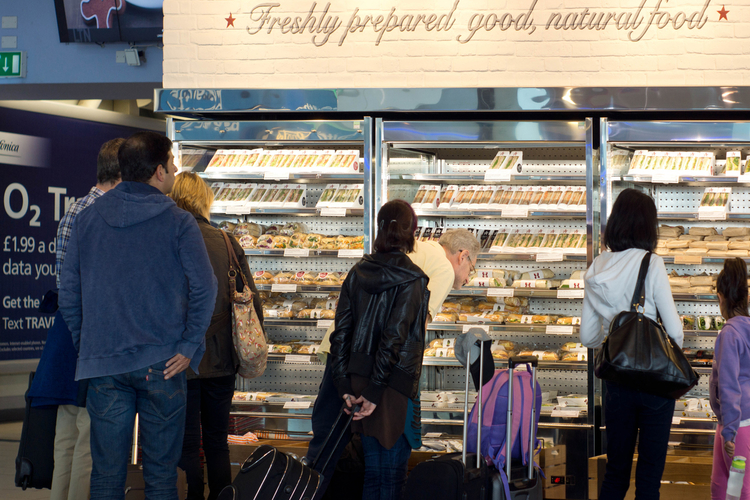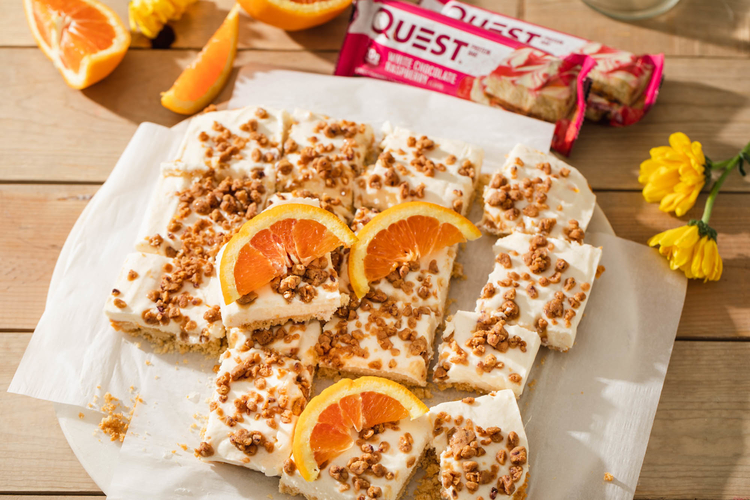People who are successful in achieving really low levels of bodyfat usually have to use several different tricks to achieve their goals. Tricks like eating smaller, more frequent meals, or consuming more calories from protein and less from carbohydrate sources, just to name a few.
But one trick that often gets overlooked is using fiber to fool your body into being more satisfied with less calories. Yes, I said it – you can eat FEWER calories and be MORE satisfied. At least for a while. But as you’ll see, a while is all you need. Unless you’re a rat (that’ll make more sense in a second).
There’s an entire school of thought called Volumetrics that states that people tend to eat the same VOLUME of food on a daily basis and not necessarily the same number of calories. Proponents of this approach recommend eating foods that are large in volume but low in calories (like cabbage, lettuce and other veggies) in order to easily reduce caloric consumption while eating quantities of food that are satisfying.
In other words, if you eat an average of X volume of food per day, if you manage to increase the volume of food you’re eating while keeping the calories lower, you’ll feel just as satisfied while eating fewer calories. This, they claim, should allow you let the pounds fall off without any suffering whatsoever.
There’s an entire book written on the concept. Check it out here.
The question is: “Is Volumetrics just a bunch of colon-fodder or is fiber really a dieter’s best friend?” If you believe Gary Taubes, the author of the astonishing Good Calories, Bad Calories (and I usually do), Volumetrics doesn’t stand up to labratory scrutiny. In his book, Gary Taubes illuminates some very interesting Volumetrics-esque experiments that were performed on rats.
In a nutshell, researchers fed rats food with all kinds of non-caloric bulking agents (including clay in some cases – mmmmm, sounds delicious) to see if they could get rats to eat less calories simply by increasing the volume of the food they were fed.
At first it seemed to work, as the rats did indeed eat less calories from the bulkier meals. Score one for Volumetrics! But (there’s always a but) when researchers looked at the caloric consumption over a 24 hour period they were astonished to see that the rats ended up consuming very close to exactly the same number of calories regardless of the high-volume foods they were fed during the initial experiment. Taubes goes on to show that our bodies have very precise mechanisms that determine exactly how many calories we need. If we didn’t have this capacity, human beings would have perished long ago. Score one for gigantic asses everywhere.
Mr. Taubes’ concludes that we needn’t trouble ourselves with trying to take in more fiber as it’s not going to help people lose weight.
While that may be true for rats, Taubes is not completely correct when it comes to humans, because there is in fact a way for humans to use fiber in our quest to get leaner and healthier.
The brainy kids in the class are probably thinking that I’m going to talk about will power right now, but my digression about the pre-frontal cortex will have to wait for another post. For now, I’m going to skip straight to a more literal (and practical) explanation of how the principle of Volumetrics can be used to reduce your daily caloric intake without suffering the kinds of hunger pangs that cause you to chew on furniture.
It works like this – while over a 24 hour period the body may realize it’s total caloric intake as Taubes points out, in the immediate term after a meal the body is a little foggier on whether or not you should keep shoveling food into your face. And this uncertainty, dear reader, is something that you can exploit.
After you eat a meal, one way (and probably the main way) the body determines if it is satisfied is based on the volume of food in the stomach. It will be hours before the true caloric “weight” of the meal is felt, as many metabolic processes have to happen in order for those calories to get into the bloodstream and beyond. This means that eating a high fiber meal with fewer calories will indeed allow you to “get away” with eating fewer calories while feeling equally satisfied for a while after your meal.
In a few hours, the rest of the many complex feedback mechanisms will realize they’ve been tricked and kick your hunger into gear.
If you continue to mindlessly eat until satisfied, Mr. Taubes will be correct and you will indeed end up consuming the same number of calories you are used to consuming.
However, if you are paying attention to your nutrition, you can use fiber to intelligently get yourself to your next meal while consuming fewer calories. The next meal will indeed satisfy you once again and as long as that meal isn’t higher in calories to “make up” the calories you missed from your high fiber, lower calorie meal, you’ll end up ahead and the bodyfat will drop.
You obviously can’t do this meal after meal ad infinitum all they way until you’ve reached your desired bodyfat, but you can use it to easily drop calories from your diet while still allowing you to eat quite a volume of food.
It’s a trick used by bodybuilders and fitness competitors to allow them to eat decent amounts of food while keeping the calories low enough to reach insanely lean bodyfat levels.
Here’s how I do it in my life:
Every once in a while I will make sure to eat a high fiber, low calorie meal and I make sure that I don’t eat any extra from my “baseline” meals to make up for it. By doing this with one to two meals per day, I can drop as many as 300-500 calories without really feeling it.
If you want to try it for yourself and you have a Cheesecake Factory in your area, just make sure to order the Thai Lettuce Wraps for one of your meals. (It’s actually an appetizer but will work very well as a meal and you can always add extra chicken if you want more meat. I also swap tomatoes for the noodles it comes with to drop the carbs.) This meal is a heaping plate of lettuce, bean sprouts, cucumbers, purple cabbage and tomatoes (if you swap them for the noodles as I do).
Make sure you either don’t use the dipping sauces or go very easy on them.
If you eat all or most of the vegetables that come on your plate, you’ll notice that you definitely feel VERY full, even though you haven’t consumed many calories. The feeling will last for long enough that you’ll be able to make it to your next meal with no problem, despite the reduced intake of calories (especially if you eat 4-6 times per day as I, and many others, recommend).
Even if that’s the only meal you do it with, as long as you don’t overeat on your following meals, you will have tricked your body into consuming less calories without going through the feelings of starvation that normally come with eating less calories. And if you’re dining with companions, you’ll be eating so much food, you’ll probably be the last person to finish eating.
Still don’t believe me? You can try the reverse and you’ll quickly see just how powerful fiber can be if you use it correctly. For a day or two, make sure to eat very little to no fiber while choosing calorically dense, low volume foods. These will be foods that have very little water in them as well. Foods such as oils, high fat meats, even dense carbohydrate foods can all be used. Make sure to figure out the number of calories in them and only eat the number of calories you normally eat.
You’ll immediately notice that your meals are finished in no time and you won’t feel satisfied after eating even though the calories are the same as what you’re used to getting. You’ll feel incomplete and as if something is missing. If you try to reduce your calories while eating these types of foods you will feel it even more and you’ll quickly determine that volume is indeed a very important factor in determining satiety immediately after a meal.
Rats may not be able to use fiber to help themselves stay lean but if you’re reading this, you have one huge advantage over them.
You are not a rat.




